Delhi, Ontario
Delhi is a traditional region of tobacco growing. It is unique in Lithuanian America, as it is one of merely two areas where Lithuanians in North America typically worked in farms rather than in factories or mines. Also, unlike in most of Canada, where most Lithuanians are Soviet-era refugees and descendants (i.e. immigrated after World War 2), Lithuanians began moving into Delhi en-masse in the 1920s-1930s.
St. Casimir Lithuanian church in Delhi town may be small and austere, however, in a town of merely 4000 inhabitants its mere existence may seem rather miraculous. By the 2010s, this was the smallest town in the Americas where the Lithuanian mass was held. Sadly, the church closed for good in 2020 and was transformed into a home.

Delhi St. Casimir Lithuanian church
The church was made possible as the Delhi area has a strong Lithuanian history, as many Lithuanians have worked in the tobacco plantations of the surrounding areas and, later, even owned them. Up to ~500 of them would typically drive to the church from places far and wide; in order to make it easier for the farmers to participate, the Lithuanian Sunday mass used to take place in the evenings. The church was so intertwined with the farming life that the parishioners used to buy tobacco together in order to achieve a stronger bargaining position and a discount, part of which used to be donated to the church.
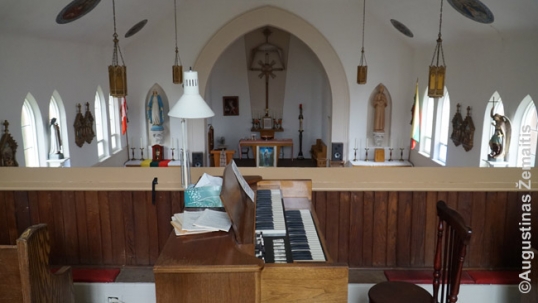
Interior of the church (now destroyed)
St. Casimir Lithuanian church was originally constructed as a general Catholic church (St. John of Brebeuf) in 1933 but acquired by Lithuanians after World War 2 (1960) as the non-ethnic-based Catholic church built a new bigger building for itself. The church includes the main hall above and a secular hall in the basement where non-religious activities would take place.
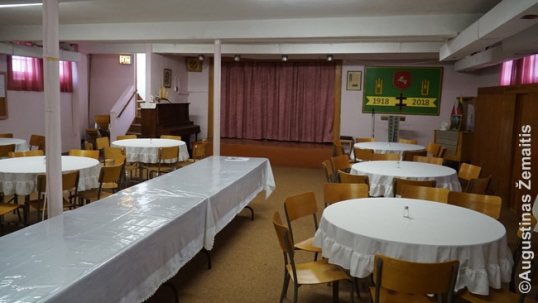
Basement hall of the Delhi St. Casimir Lithuanian church (now destroyed)
At that time of church acquisition, the pre-WW2 Delhi area Lithuanian community was swelled by refugees from Soviet-occupied Lithuania. Many of them were religious and patriotic, and so the Delhi Lithuanian church became a hub of Lithuanian religion and patriotism.
The cross behind the church altar was a traditional Lithuanian sun-cross, there also are modest Lithuanian artworks in the basement hall. That said, given that it is basically a small village church, unlike in the bigger Lithuanian-Canadian parishes, the Lithuanian details are more modest and fewer in numbers.

Traditional Lithuanian cross behind the altar of Delhi St. Casimir Lithuanian church - moved to the Mississauga Lithuanian cemetery
Lithuanian patriotism was primarily marked by the Lithuanian Martyrs cross outside of the church, erected in 1966 by architect V. Zubas and craftsman J. Vitkauskas. The cross is dedicated to those who died for faith and freedom in Lithuania – that is, were murdered in the Soviet Genocide or died fighting the Soviet occupation. Even though the Lithuanian refugees chose an alternative option of fleeing Lithuania, they always regarded those who remained as heroes and victims. After the closure of the church, the cross was moved the Hill of Crosses at the Lithuanian cemetery in Mississauga.
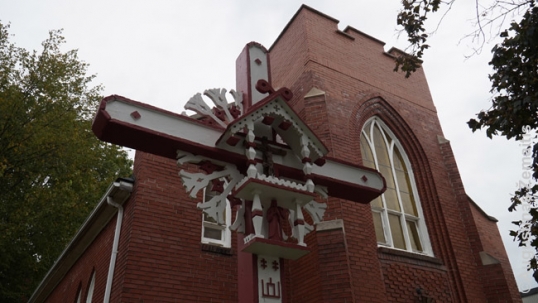
Lithuanian Martyrs cross with the St. Casmir Lithuanian church behind it
The refugees, or so-called DPs, always formed nearly all the congregation of the St. Casimir church. While there was a strong Lithuanian community in the Delhi area tobacco plantations even before World War 2, those earlier Lithuanians mostly did not join as many of them were successfully influenced by Soviet propaganda. In fact, the Delhi area had some of the largest friction between the post-WW2 refugees and the pre-WW2 Lithuanian community.
Affected by the Soviet propaganda, the old leftist tobacco farmers of the Delhi area often even viewed the refugees as criminals: they believed that nobody who was not a real criminal had any reason to flee the „Soviet Paradise“ as, surely, Soviets would not execute or torture anybody without reason. After all, most of these tobacco farmers emigrated from Lithuania to Canada in the 1920s and 1930s, well before the occupation of Lithuania.
For the refugees who just witnessed the Soviet Genocide of 1940-1941, the attitude of the pre-WW2 Lithuanian-Canadians of the Delhi area was simply incomprehensible: the „old Lithuanians of Delhi“ were either naive idiots or collaborating traitors. They wouldn‘t go to the Lithuanian Club of the area owned by old Lithuanians that has since closed.
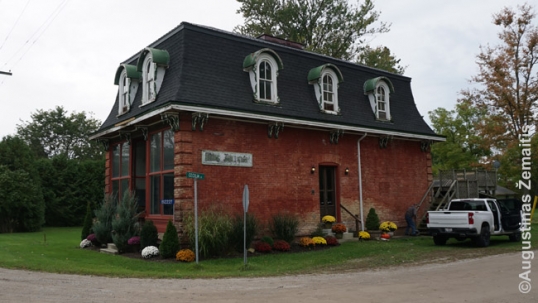
The building remembered as Lithuanian club
Nearly no new immigrants from Lithuania came to the Delhi area in the 1950s-1980s as the Soviet Union would not let Lithuanians out so 1944 was the last year it was possible to flee. At the same time, despite the efforts of the DP generation, the Delhi community slowly assimilated: Lithuanian Saturday school was closed in 1987, for example, due to a lack of children (children of mixed families typically did not attend, much of the youth also departed to the cities, studying there and having what they saw as better urban lives). After Lithuania became independent in 1990 there were still few immigrants here as the tobacco industry was already on the decline. The only new Lithuanians were typically the few who had relatives in the area.

Tobacco fields are now a rare sight in Delhi area
As such, while the Lithuanian church still was full of people in the 1980s (mostly aging), merely a few parishioners attended each Sunday mass in 2019, leading to its closure in late 2020.

Lithuanian symbols commemorating 100th years of the Republic of Lithuania
Now, the multiethnic heritage of Delhi is concentrated in its Tobacco industry museum, which has exhibits on every influential ethnicity of the area, including Lithuanians (some others: Ukrainians, Poles, Hungarians, Belgians, British, Slovaks). There are also flags of each immigrant ethnicity there and in the town center. No less important than the rather simple exhibition are various ethnic activities that are organized there and help people remember their roots.

Interior of the Tobacco Museum in Delhi
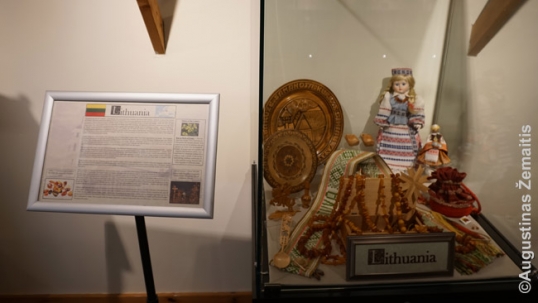
Lithuanian section of the Tobacco Museum of Delhi
The map of Lithuanian-Canadian sites
All the Lithuanian-Canadian locations are marked on this interactive map, made by the "Destination Lithuanian America" expedition (click the link):




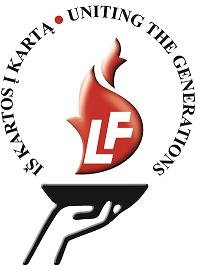

Leave a comment